Dry Beer: A Complete Guide to the Latest Rage of Sugarless Beers
Dry beer is a brew with negligible or no sugar; it has nothing to do with the wetness or water quantity. Though dry beers were once founded at a Japanese brewery, many dry beers are now available across the USA, Canada, and Europe.
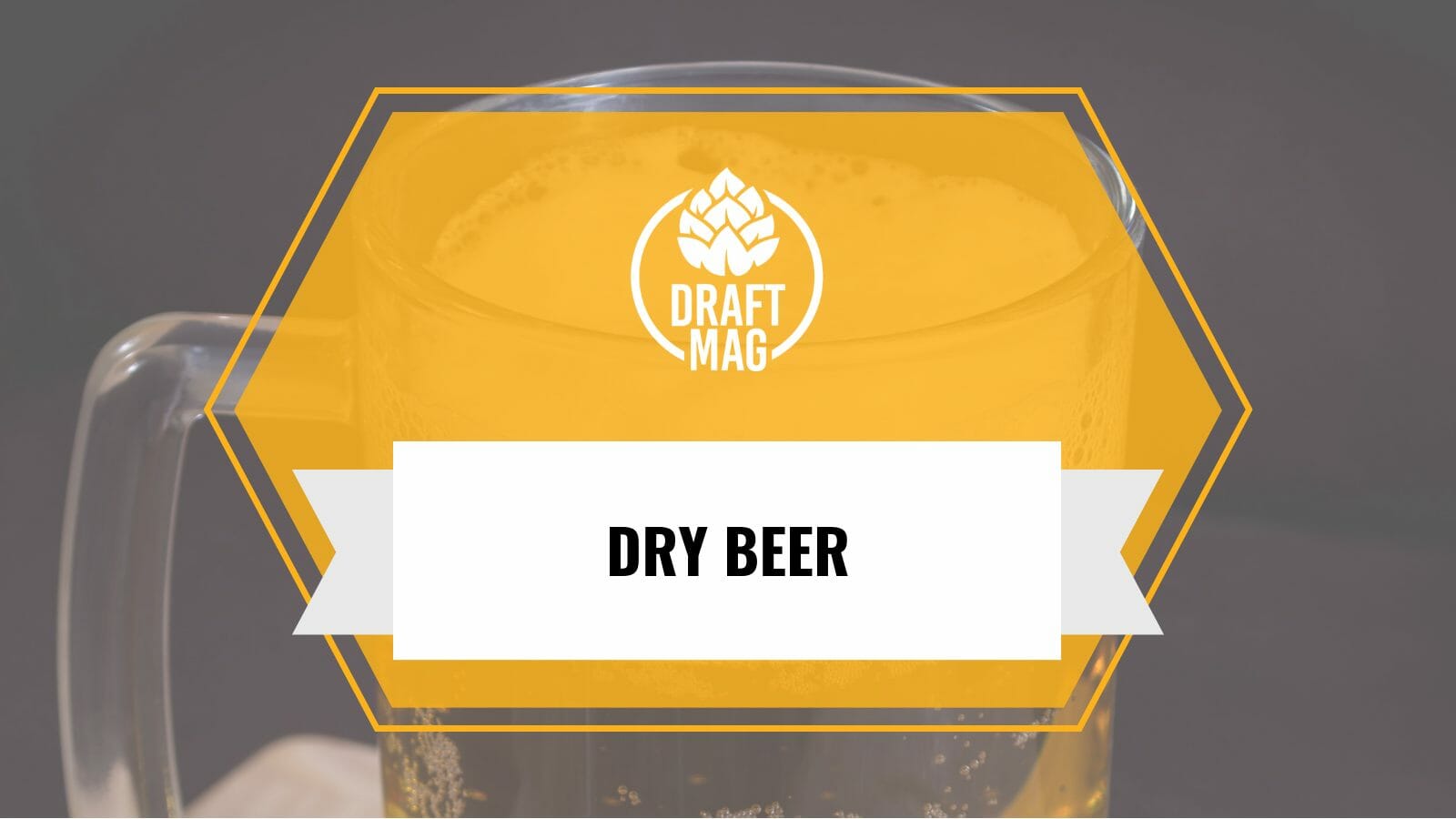
All alcohol lovers have tried strong dry spirits, but did you know that there are now many dry beers available in the market as well? In this complete guide, we discover everything there is to know about dry beers.
What Does Dry Beer Mean?
Dry beers are beers with little or no residual sugars — a new concept in the beer industry. Therefore, it makes sense that the word dry in this context is the opposite of sweet and does not refer to the dryness or wetness level of the beer.
But because beer’s dryness has such a big impact on its flavor, it is crucial to understand what a dry beer represents. The sweetness and bitterness levels fluctuate as the beer’s sugar content is adjusted, altering the overall flavor character. Even if they are bitter, most beers have some sweetness remaining from the grain malts used to brew beer.
Dry beers have a very clean finish despite having high levels of bitterness and low amounts of sugar since they never leave an aftertaste on the tongue. Most dry beers are crisp and refreshing and tend to have high carbonation levels to sustain these exclusive characteristics.
– Origins
The French were the first to use the term “dry alcohol.” This was mainly done to distinguish and describe fine wine with little to no added sugar content. To indicate which wines or champagnes contained less sugar, they were labeled as dry to indicate their premium quality.
Before that, most alcohols were on the sweeter side, but wine collectors and aficionados disliked this added sweetness, so they sought an exclusive method to identify dry spirits. Later, this categorizing term started to be used for all alcohols like whisky, gins, and vodkas.
It is rumored that many alcohol producers add extra sugar to alcohol to boost sales. Dryness in this context merely denotes a lack of sugar, which can apply to alcoholic and non-alcoholic beverages.
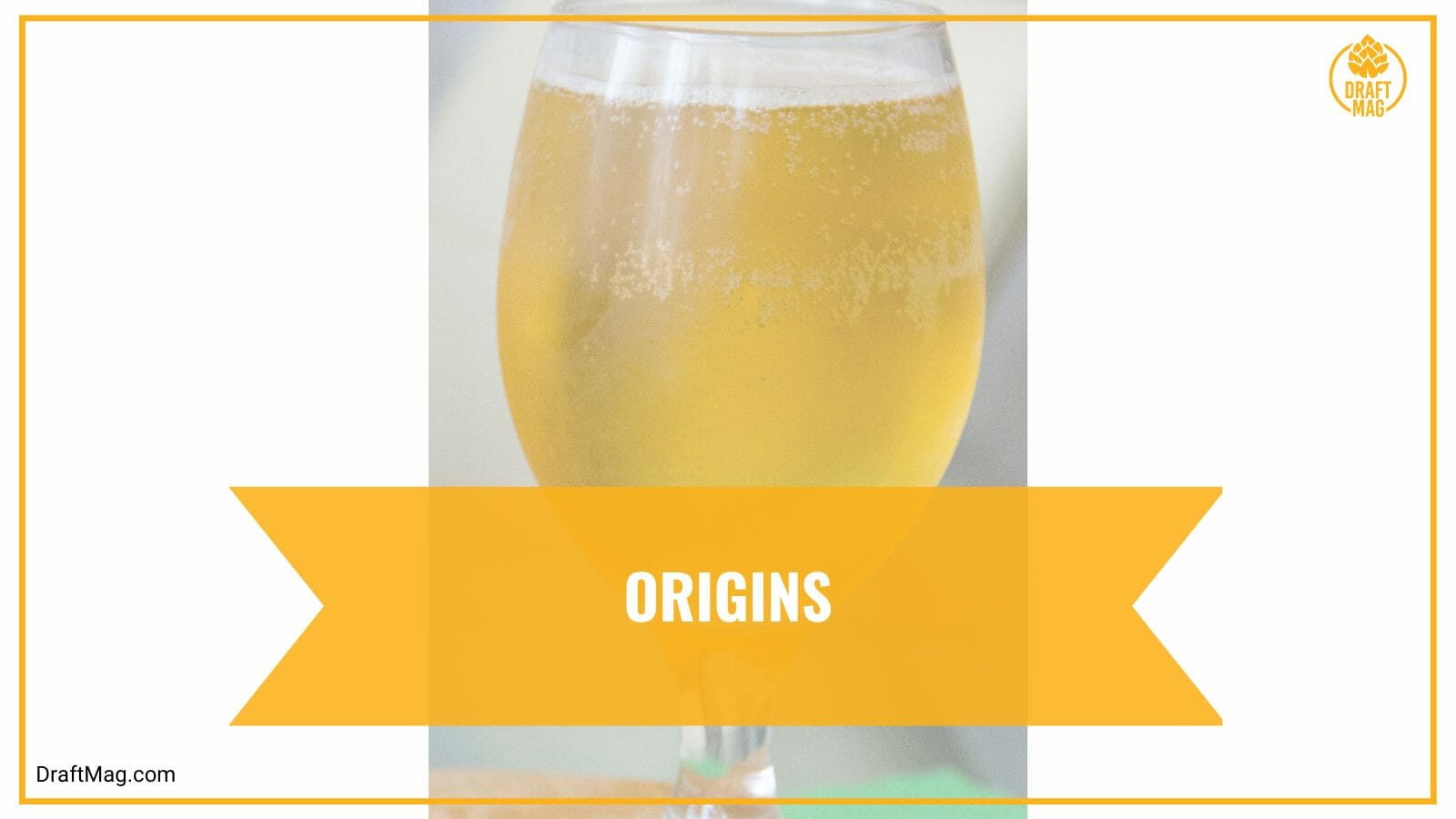
Late in the 1980s, even beer jumped on the trend of being divided into dry and non-dry varieties. According to historical records, Japan is where the Asahi Super Dry, the first certified dry beer, was created. This new beer category has added a whole new dimension to the beer industry.
This beer became an instant hit in the market, eventually accounting for 40 percent of the Japanese beer market. It quickly became a sensation and was shipped internationally due to its high alcohol content and distinctive dry flavor.
It became accessible across all of Europe and America. However, these places soon realized the new wave of dry beer and started producing their own brands of dry and super dry varieties.
– Are All Dry Beers Dry-hopped?
No, not all dry beers are essentially dry-hopped. Dry beers are not subject to any set rules and can be hopped any way the brewers like. Although many dry beers use the dry hopping procedure to add an extra layer of flavor or aroma, it is not a compulsion.
The process of using hops after fermentation to enhance their aroma is known as “dry hopping” or “ice hopping,” and there is a strong and prevalent misconception among many beer lovers that all dry beers are essentially dry-hopped. This is not necessarily true.
– Does Dry Beer Have Higher Alcohol Levels?
No, dry beers are not necessarily high on ABV just because they are low on sweetness. Dry beers can range in alcohol content (ABV) from under 5 percent to over 10 percent. This totally depends on the brewers and the alcohol’s flavor.
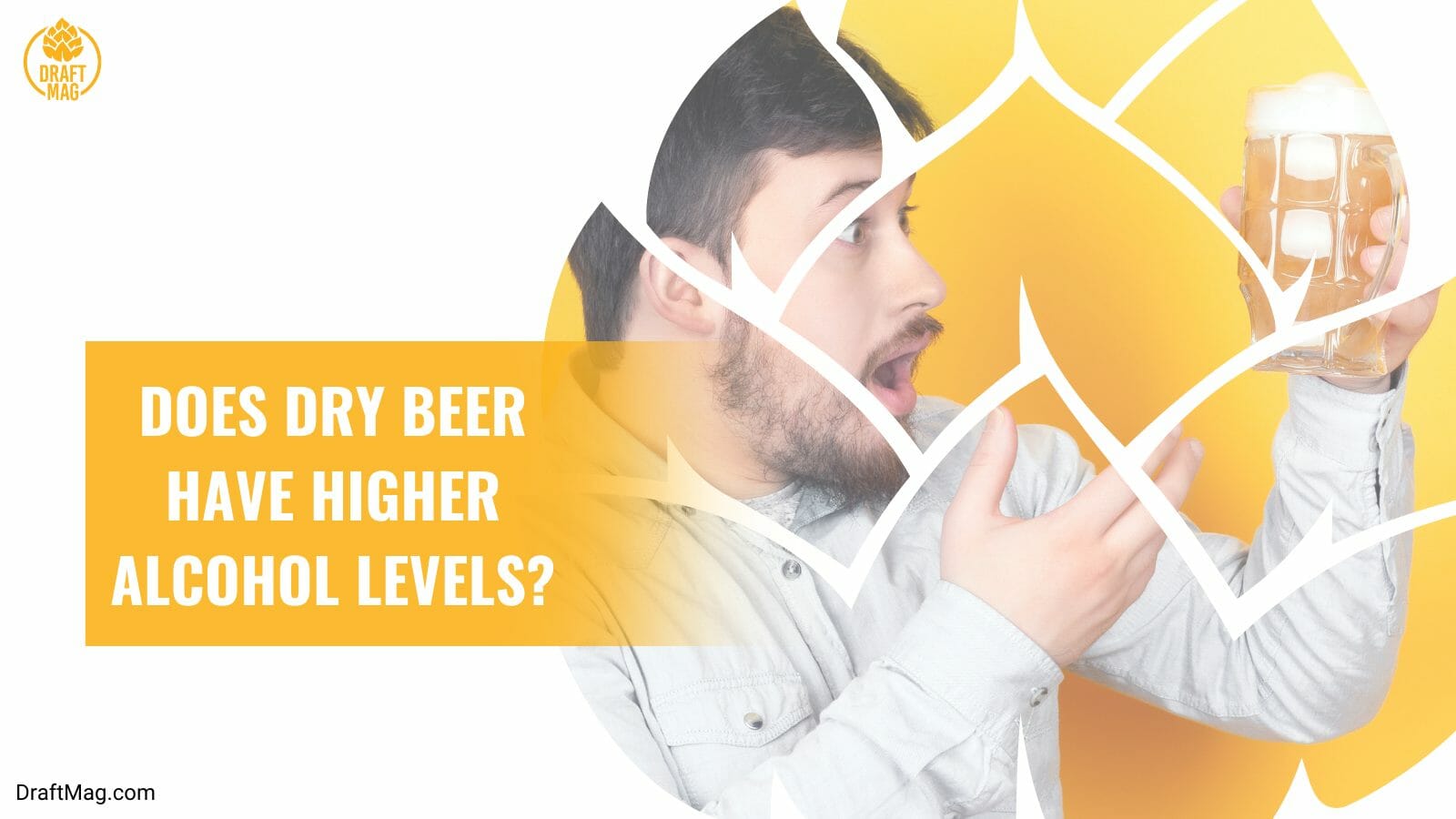
The Asahi Dry beer does not have a very high alcohol content — only 5 percent. This clearly indicates that dry beers are not necessarily high-alcoholic beers. Corona Extra, Hahn Super Dry, and other typical lager beers like Bud Light all have an alcohol content between 4.5 and 4.6 percent. So, dry beers have the same average alcohol content as other regular beers.
This can come as a surprise to many beer advocates, given that the proportion of sugar to yeast in any beer directly affects its alcohol content. The higher the ABV, the more the sugar and yeast are broken down and destroyed during fermentation.
In order to appeal to a wider audience, most well-known companies strive to manufacture dry beers with an ABV between 4 and 8 percent. This makes the beer much easier to drink, and the number of consumers tends to increase.
– Difference Between Super Dry and Extra Dry Beers
Beers that are super and extra dry differ somewhat from regular dry beers. They are produced through brewing and fermentation in such a way that there is no remaining sugar content. However, these beers have a very strong flavor and typically have a higher amount of bitterness.
These powerful beers are light golden or straw yellow. These super or extra dry beers typically have an alcohol content that is always more than 5 percent. Super or extra dry beers are more bitter than other dry beers. Even if regular dry beers have very little residual sugar, super or extra dry beers have none, hence the extra bitterness.
What Are the Best Dry Beers?
The best dry beers in the market are Asahi Super Dry, Sapporo Dry beer, Torpedo Extra IPA from Sierra Nevada Brewing, and Liberty Ale from Anchor Brewing. These beers can easily be found in your local liquor store if you want to try them out today.
Since they were first introduced, there have been numerous advancements and inventions for dry and super-dry beers. Here are a few international brands of dry beer that you must drink to form an opinion about this brew style.
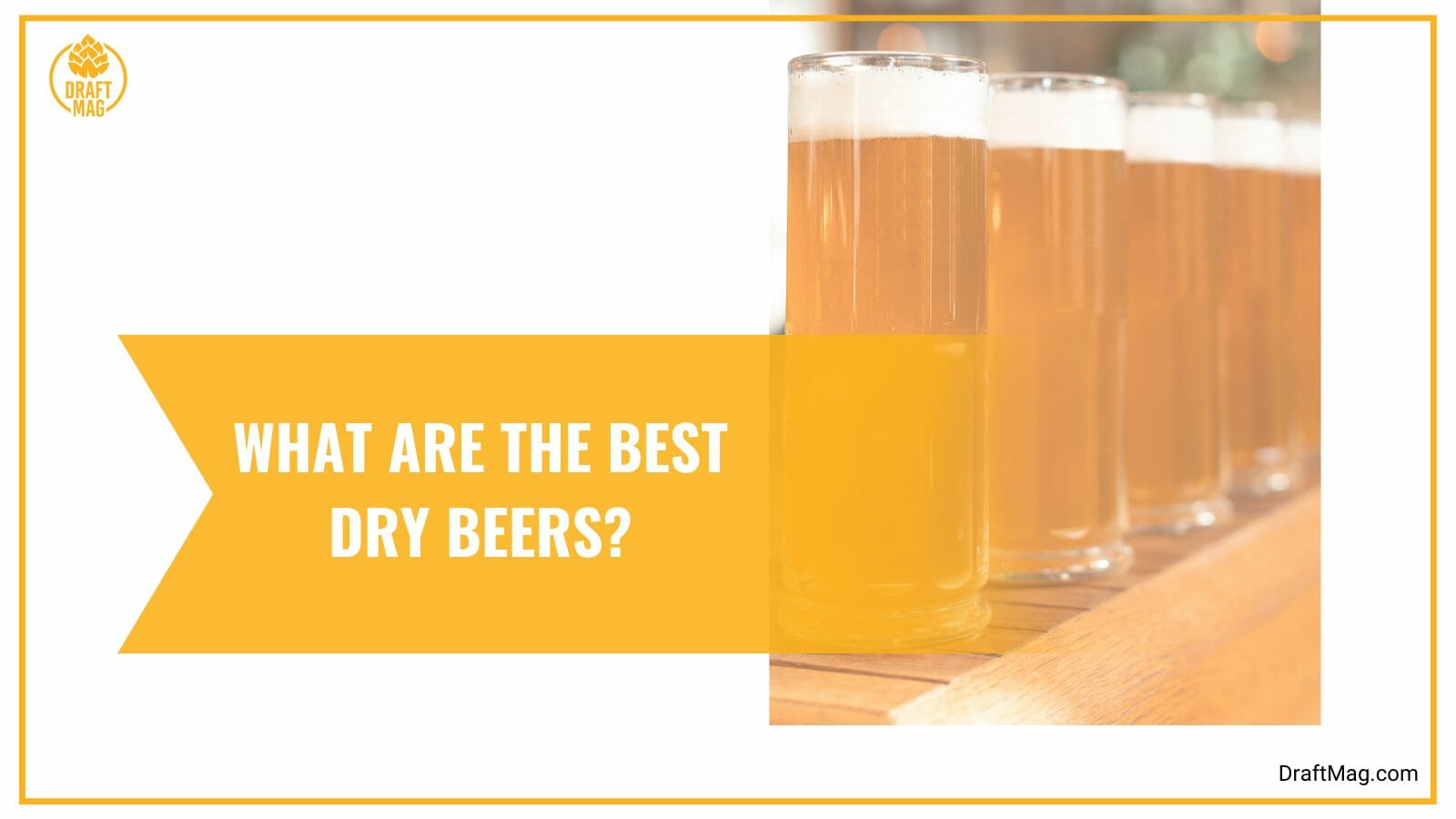
Dry beers represent a very extreme taste since most of them tend to be very bitter due to the lack of sugar, so the reception is mixed among beer lovers. Try out a few of the beers on this list before deciding whether or not these exceptionally bitter and low-sugar beers are suitable for your taste.
– Japan
Japan was the first country to invent dry beer, and they have continued to be the forerunners in developing multiple new varieties of this beer. Here are some options to consider.
- Asahi Super Dry – This is the most well-known beer in Japan and the first dry beer ever created in the entire history of beer. It is an exclusive dry lager beer that opened up the world for dry beers. It has a distinctive flavor profile with a spicy and salty undertone that gives it an advantage over its rivals. It has a 5 percent ABV but is also very bitter, making it a slow drinker.
- Sapporo Dry beer – This beer has a very sophisticated and luxurious flavor profile. It works well as a light party drink because of its low ABV and extremely dry and crisp finish. It has a flavor somewhat reminiscent of rice cereal with a bitterness almost like black tea. Exclusive but mild floral hop tones also counteract the bitterness and form a great balance of flavors in this beer.
– USA
When Japan came up with its own dry beer varieties, the USA was not far behind. Many American brewers took inspiration and created their own craft beer styles of dry beer. Here are some popular dry beers you must try.
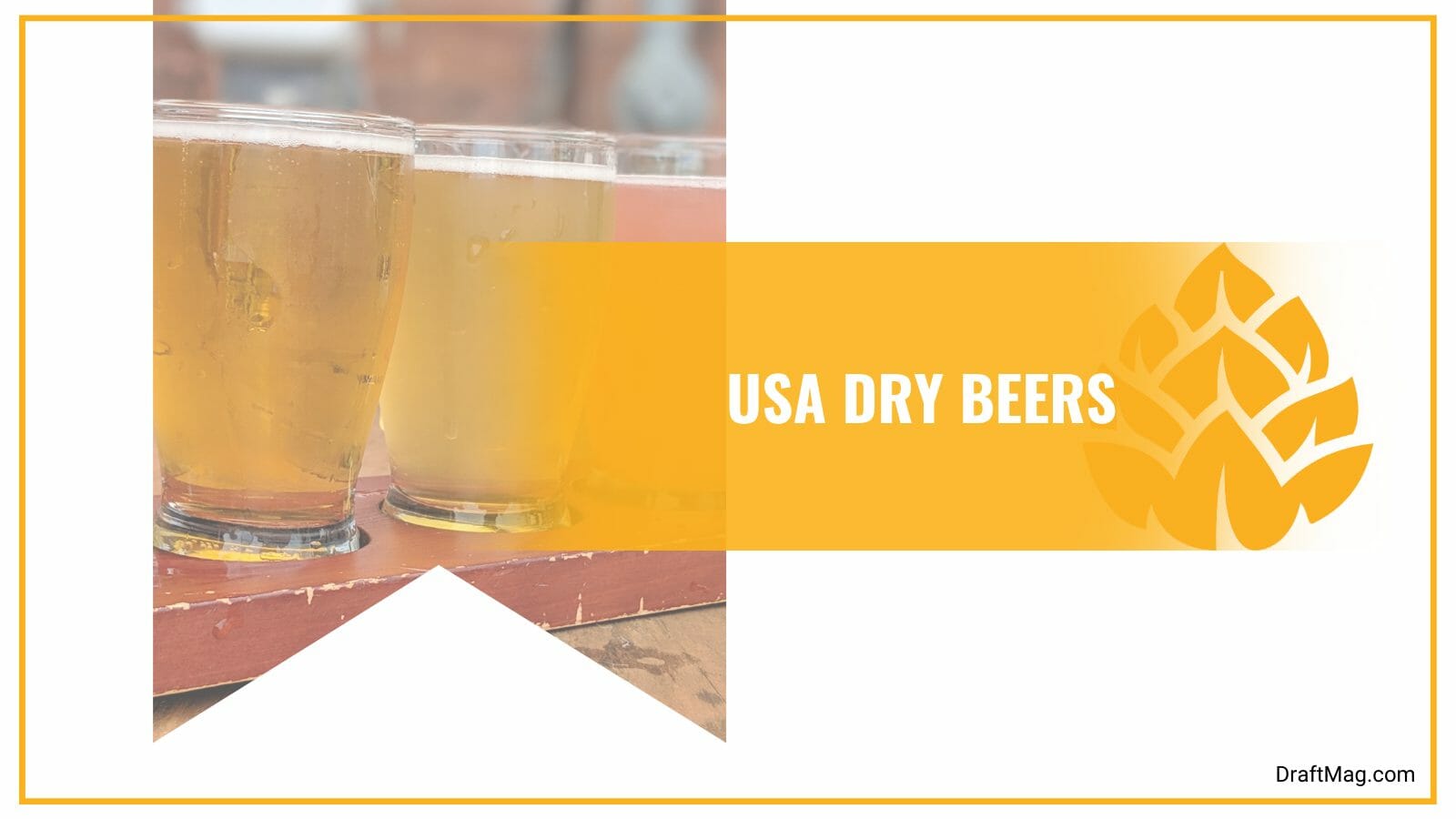
- Torpedo Extra IPA from Sierra Nevada Brewing – This beer has many complex layers of flavors, including citrus, pine, and a light herbal character. Most of these flavors come from the dry hopping of this beer with a variety of hops. The bitterness in this beer is really well-balanced, and the hop fragrance lingers on your nose. They also use caramelized malts, which have less sweetness yet have an exclusive and dense burnt flavor.
- Liberty Ale from Anchor Brewing – This beer is a traditional ale that is both dry and hoppy and has a very well-balanced flavor profile. The brewmasters created their distinctive scents and flavors by utilizing a lot of malted barley and fresh whole-cone Cascade hops. The mild carbonation further enhances the beer-drinking experience. The dry flavor is very noticeable, and the sweet flavors are non-existent.
Is Dry Beer More Healthy?
Yes, dry beers can be said to be more healthy than other types of beers. Many dry beer brands advertise their dry beer as being low in calories and carbs to appeal to the health-conscious market or become popular as diet-friendly.
This is actually true; since the amount of sugar is relatively low, the carb and calorie levels also go down considerably. So dry beers are an excellent choice if you’re a beer lover who wants to count your calories even while you consume your favorite beer.
The average amount of nutritional value in a pint of regular beer is 0.31 ounces (9 grams) of carbohydrates (335 milliliters, approx). This amount drops significantly for dry beers, with an average of 0.07 ounces (2 grams) for every 12 ounces, or around one pint (355 milliliters) of beer.
Any standard beer typically includes 115 calories or more, compared to only 85 to 87 calories for any regular dry or super dry beer. These details can significantly impact your daily calorie count for health-related reasons while allowing you to enjoy your beer.
Conclusion
As we have seen from the guide above, dry beers are a fairly new creation that was borne from the creativity and innovation of beer brewers. Here is a quick recap for you before you try a bottle or two of this sugarless beer.
- When we label a beer dry, it has nothing to do with the wetness or water content of the alcohol. Dry beer mainly refers to the lack of sugar content in beers.
- The first dry beer was the Asahi Dry beer, invented about 30 years ago. Though it was invented in Japan, it became an international sensation in no time.
- Dry hopping is not necessarily associated with dry beer and these terms are not synonymous. The dry hopping of beer entirely depends on the brewers.
- After the Japanese invented the first dry beer, new varieties cropped up in the USA and Europe. Some of the best ones are Anchor Brewing’s Liberty Ale, Sierra Nevada Brewing’s Torpedo Extra IPA, German Holsten Dial Pils, etc.
- Dry beers are generally low in calories and carbs; hence, they are highly enjoyed by many health-conscious beer lovers.
If you are an experimenter with beers and want to get the full taste of dry beer, we recommend you try out all the beers mentioned above to see if they suit your taste palate. So what are you waiting for; grab a bottle of dry beer from the closest liquor store and give it a try today!

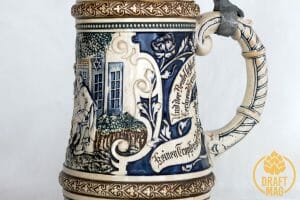





Great article! Just tried the Asahi Beer! Great tasting beer.
I absolutely love the Torpedo!!!
Dry , Hoppy beers have such a unique flavor, I could enjoy them endlessly! But, due to the alcohol content, I must limit to two, or three at the most.